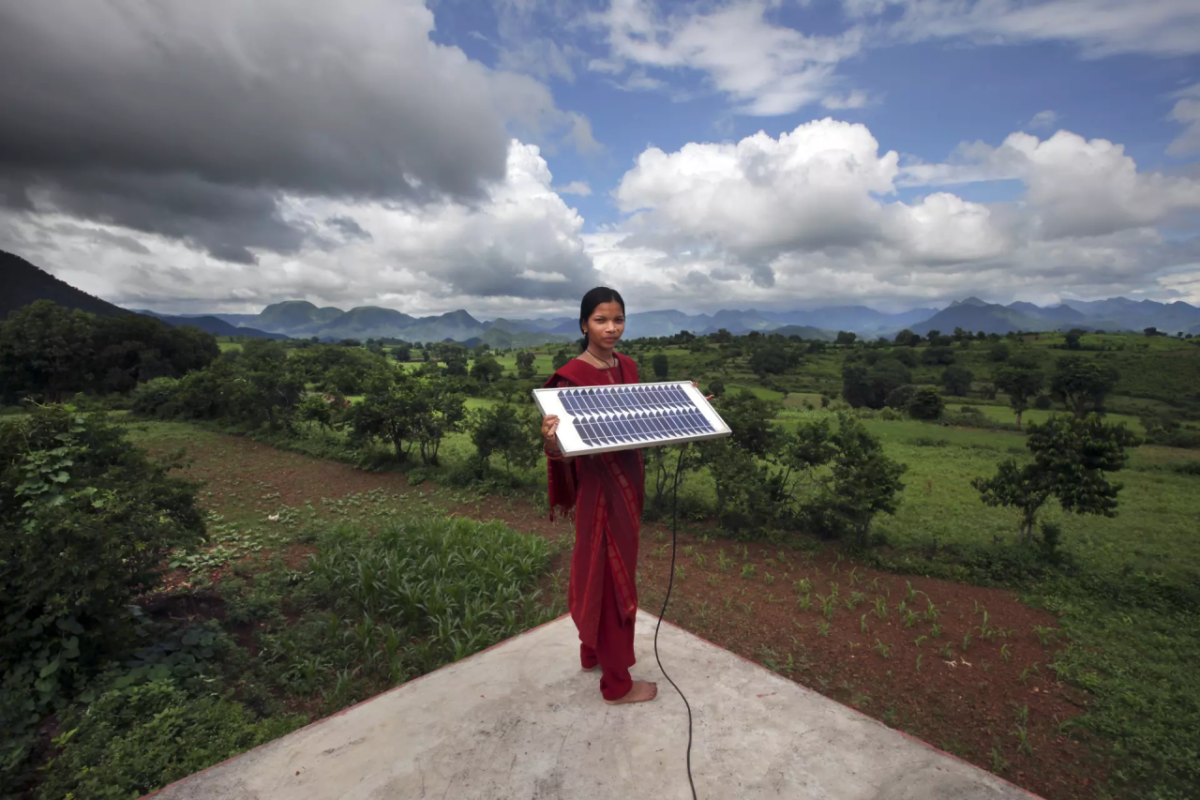Leading With Purpose: Progress on HP's Sustainable Impact Goals
By Ellen Jackowski, Chief Impact Officer and Head of Sustainable Impact, HP Inc.
Last year, we set an ambitious Sustainable Impact agenda to address the most defining issues of our time where we can have the greatest impact. It led us to set comprehensive 2030 goals to combat climate change, advance human rights and accelerate digital equity. Today, we published our 2021 Sustainable Impact Report, highlighting the early progress we’re making in these areas. We are encouraged by the initial progress but recognize it’s equally important to act on lessons learned and take a hard look at areas that need improvement.
That’s why we’ve been publishing our Sustainable Impact Report for over 21 years. Transparency has always been a priority at HP because what gets measured gets done.
One of our key findings is that Sustainable Impact is a growing business imperative. Our customers are asking us to deliver more than just great products—they’re looking for us to lead on environmental stewardship and social justice. In 2021, we saw $3.5 billion in new sales tied to Sustainable Impact objectives—more than triple the amount in 2020. Additional findings include:
Addressing Climate Crisis
Journey to net zero: We reduced HP’s carbon footprint by 9 percent compared to 2019, and we need to accelerate efforts to reduce 50 percent greenhouse gas (GHG) emissions by 2030 and to achieve net zero GHG by 2040. This reduction is notable since our net revenue increased by 8 percent during the same period of 2019 to 2021. Key factors in 2021 were increased energy efficiency of our products and the COVID-19 shift towards the products in our portfolio that tend to be lighter and more energy efficient than others, such as notebooks and inkjet printers. Energy consumed by our products during use is one of the largest contributors to their footprints. We reduced product-use emissions intensity by 39 percent compared to 2015, exceeding our goal of a 30 percent reduction by 2025.
Product and packaging circularity: We pledged to reach 75 percent circularity for products and packaging by 2030, meaning 75 percent of HP’s total annual product and packaging content, by weight, will come from recycled and renewable materials and reused products and parts. We reached 39 percent circular by weight in 2021. More than 300 different HP products around the world now contain a small amount of ocean-bound plastics.i
We also pledged to eliminate 75 percent single-use plastic packaging by 2025. We reduced it by 44 percent since 2018. And we’re upending the single-use plastic industry with our molded fiber advanced tooling solution and an acquisition of Choose Packaging earlier this year.
Forest restoration and conservation: Since 2020, HP brand paper and paper-based packaging have been derived only from recycled or certified sources. We have also committed to going beyond our own footprint by counteracting possible deforestation for non-HP paper used in our products and print services by 2030. One of our strategies involves an expanded partnership with World Wildlife Fund (WWF) to address the potential impacts on forests from printing with HP printers. In 2021, we addressed 23% of our total fiber footprint for paper used in our products and print services. Our programs counteracted deforestation for non-HP paper representing 19% of this footprint.ii
Advancing Human Rights
Gender equality: HP is the first Fortune 100 tech company to commit to achieving 50/50 gender equality in leadership by 2030. In 2021, women represented 32.5% of director level and above positions globally. Women also represented 22.7 percent technical and engineering roles at HP, on track to achieve greater than 30 percent by 2030.
Racial equality and social justice: We remain committed to doing our part to address systemic racism through the HP Racial Equality and Social Justice Task Force. We increased the number of Black and African American executives by 33 percent compared with 2020, about one third of the way to achieving our goal to double the number of Black and African American executives by 2025. We also increased Black/African American technical representation from 2.3 percent to 2.6 percent, with the goal to double their representation by 2025. We recognize even doubling it is far from the labor market representation of Black/African American talent. That’s why we made a goal to meet or exceed the labor market representation for all racial/ethnic minorities in the US by 2030.
Worker empowerment: We reached our goal four years early to double factory participation in our supply chain sustainability programs by 2025, with a 114 percent increase through 2021 compared to 2015. We pledged to reach one million workers through worker empowerment programs by 2030 and reached nearly 350,000 workers in 2021.
Accelerating Digital Equity
We set a new goal to accelerate digital equity for 150 million people by 2030 last year, and reached 4.2 million people in our first year. Our strategy involves partnering with Aspen Digital to build a Digital Equity Accelerator that will support nonprofits in scaling their innovative approaches to help meet the needs of underserved communities affected by the digital divide. We recently announced the first cohort of nonprofits among 170 phenomenal applications from around the world. We look forward to working with them as they expand access to digital equity to women, marginalized communities, people with disabilities and educators and practitioners.
Transforming Together
Leading with purpose has always been the center of the HP Way. Moving forward, we remain committed to growing our business sustainably and equitably with our employees, customers and suppliers. No single company can do it alone. We need their continued support and innovations to make a positive, meaningful impact on our planet, people and communities.
Read the Executive Summary
Read the Full Report
Media Contact:
Kelly Xie, HP
kelly.xie@hp.com



